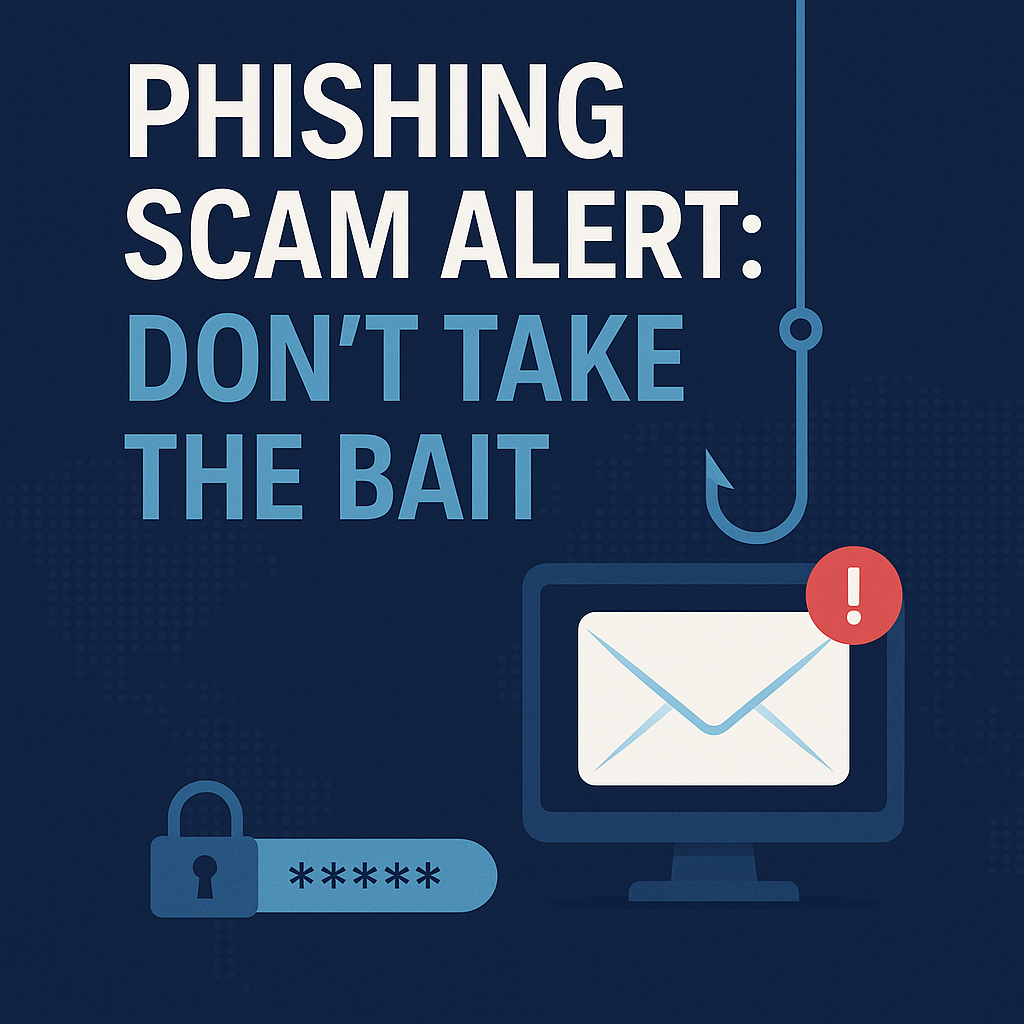
Free Recovery Consultation
🎣 Don’t Take the Bait: How to Recognize and Protect Yourself from Phishing Scams
In today’s digital world, phishing scams remain one of the most dangerous and widespread cyber threats. These scams have become more convincing and harder to detect—costing individuals and businesses billions each year. At Optix Forensics, we’re committed to helping you recognize and avoid these malicious attacks before they do damage.
What is a Phishing Scam?
Phishing is a type of online scam where cybercriminals impersonate trusted entities—like banks, tech companies, or even friends—to trick you into revealing sensitive information. These scams typically arrive via email, text message (smishing), or even social media, containing links or attachments designed to steal data or infect your device with malware.
Common Targets of Phishing:
- Online banking credentials
- Email login details
- Credit card numbers
- Social Security or national ID numbers
- Crypto wallet keys
- Personal and business data
How to Spot a Phishing Attempt
Phishing messages often look legitimate—but there are red flags. Here’s what to watch out for:
✅ Generic greetings like “Dear user” instead of your name
✅ Urgent language pushing you to act immediately
✅ Suspicious links that mimic real URLs but are slightly off
✅ Unusual attachments from unknown senders
✅ Requests for personal or financial information via email or text
Example:
You receive an email that looks like it’s from PayPal saying “Your account is locked. Click here to verify your identity.” The link leads to a fake website that steals your login info.
Different Types of Phishing Scams
- Email Phishing – The most common form, often pretending to be from banks or online services.
- Spear Phishing – A targeted attack using personal information to make the scam more convincing.
- Whaling – Targets high-level executives with customized lures.
- Clone Phishing – Uses a legitimate past message, cloned with malicious changes.
- Vishing – Voice phishing via phone calls pretending to be from authorities or service providers.
How to Protect Yourself from Phishing
🔐 Be Skeptical – Never click on links or download attachments from unknown sources
🛡️ Use Multi-Factor Authentication – Adds an extra layer of security to your accounts
🔍 Check the Sender – Hover over email addresses and links to see if they’re legitimate
📲 Install Security Software – Antivirus and email filters can block threats
💡 Educate Your Team – Businesses should train employees on how to identify phishing
What to Do If You’ve Been Phished
If you think you’ve fallen victim to a phishing scam:
- Disconnect immediately – Turn off your internet or device
- Change your passwords – Especially for financial or email accounts
- Contact your bank or service provider – Alert them to secure your account
- Report the scam – You can contact authorities or a cyber-forensics firm
- Reach out to Optix Forensics – Our specialists can help you contain the damage, recover data, and prevent future attacks
🛡️ We’re Here to Help
At Optix Forensics, we specialize in helping individuals and businesses recover from phishing scams and other cybercrimes. If you’ve been scammed, don’t panic—contact us immediately. We’ll guide you through the recovery process and ensure your digital life is safe and secure.
📞 Contact us today and take the first step toward reclaiming your security.
More about Frauds
Read about the Romance scammers list or romance fraud, Cryptocurrency schemes, Forex Trading deceptions, Facebook deceptions, Investments deceptions, Social media deceptions and others.